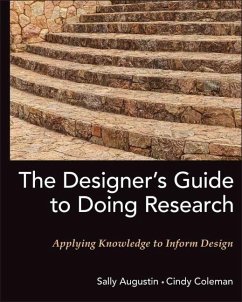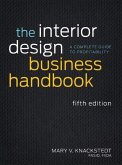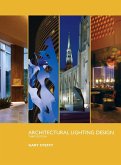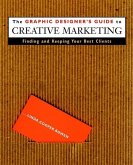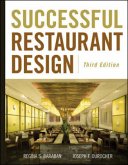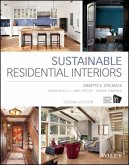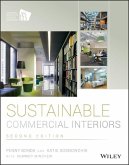An essential introduction to applying research for busy architects and designers
The competitive design market and the need to create enduring value place high demands on architects and designers to expand their knowledge base to be able to digest and utilize multiple sources of information. Expected by their clients to be well versed on all aspects of a project, time-constrained architects and designers need quick responses in the face of daily challenges. As a result, these professionals must-more than ever-rely on, and apply, readily accessible information culled from sound research to gain a competitive advantage.
The Designer's Guide to Doing Research serves as an introductory guide on the general concepts and processes that define "good" research. Organized logically with the practical tools necessary to obtain research for all facets of the designer's workflow, this book offers:
Material written in an accessible format specifically for practitioners
Reliable content by experienced authors-a noted environmental psychologist and an interior design educator who is also a practitioner and writer
Tools for planning, executing, and utilizing research presented in an easy-to-follow format along with case studies, sources, and applications
Written for all practices and people concerned with the built environment, from architects and interior designers to facility managers, landscape architects, and urban planners, this book serves as an invaluable starting point for gathering and implementing research effectively. Organized to follow the workflow of an architect or interior designer, this book introduces tools for busy practitioners to find and apply research for their design projects. Tools for planning, executing, and ultilizing research are presented in an easily followed format along with case studies, sources, and applications. While other books on design research are written by PhD-level researchers for an academic setting, this book offers an accessible format specifically for practitioners.
The competitive design market and the need to create enduring value place high demands on architects and designers to expand their knowledge base to be able to digest and utilize multiple sources of information. Expected by their clients to be well versed on all aspects of a project, time-constrained architects and designers need quick responses in the face of daily challenges. As a result, these professionals must-more than ever-rely on, and apply, readily accessible information culled from sound research to gain a competitive advantage.
The Designer's Guide to Doing Research serves as an introductory guide on the general concepts and processes that define "good" research. Organized logically with the practical tools necessary to obtain research for all facets of the designer's workflow, this book offers:
Material written in an accessible format specifically for practitioners
Reliable content by experienced authors-a noted environmental psychologist and an interior design educator who is also a practitioner and writer
Tools for planning, executing, and utilizing research presented in an easy-to-follow format along with case studies, sources, and applications
Written for all practices and people concerned with the built environment, from architects and interior designers to facility managers, landscape architects, and urban planners, this book serves as an invaluable starting point for gathering and implementing research effectively. Organized to follow the workflow of an architect or interior designer, this book introduces tools for busy practitioners to find and apply research for their design projects. Tools for planning, executing, and ultilizing research are presented in an easily followed format along with case studies, sources, and applications. While other books on design research are written by PhD-level researchers for an academic setting, this book offers an accessible format specifically for practitioners.

